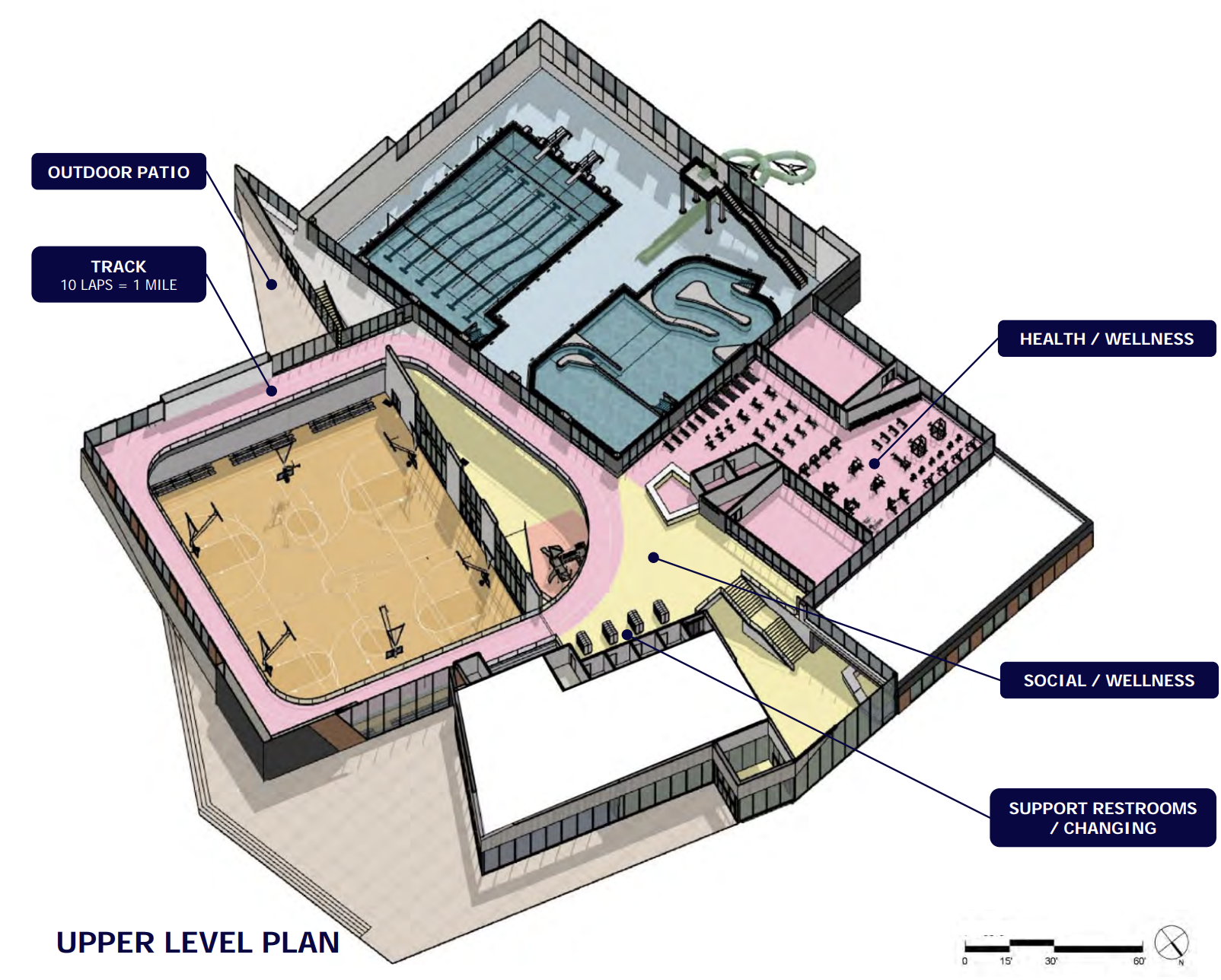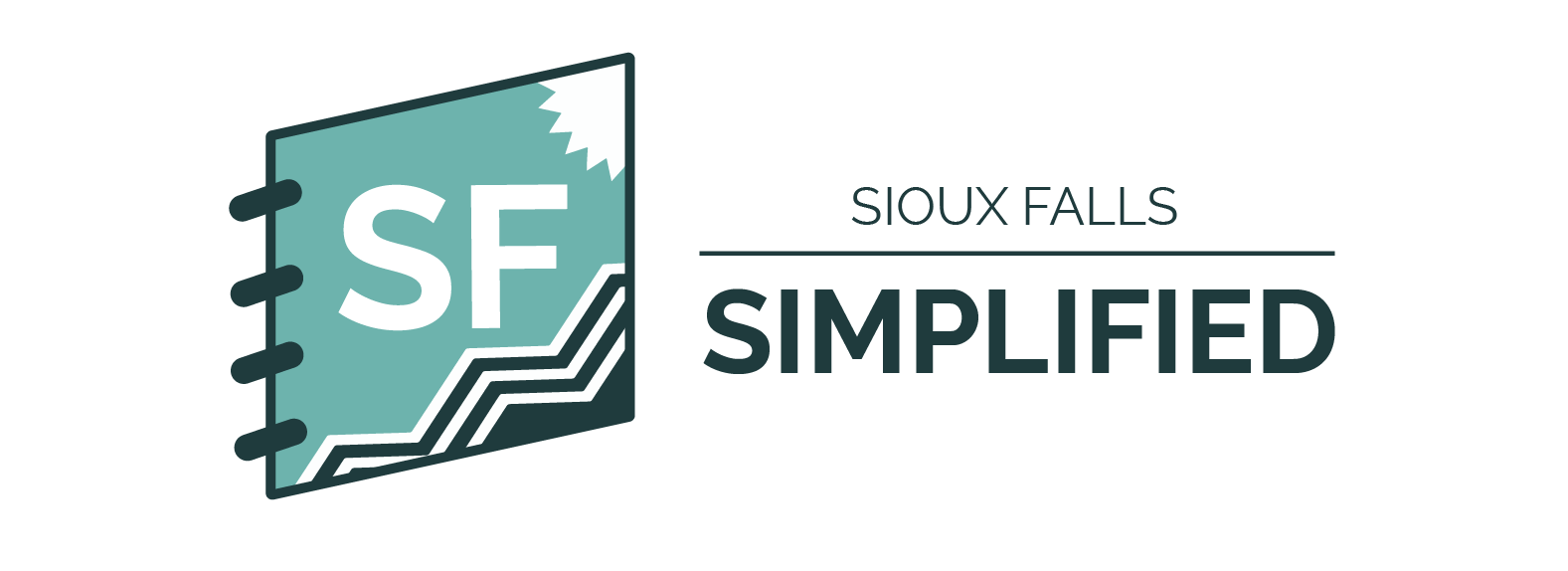Simplified: A family pass to the city's new indoor pools and recreation centers could cost as much as $88 per month, depending on how much City Council is willing to subsidize the new facilities. Here's a look at the latest discussion.
Why it matters
- The financial modeling for the new pools was the main reason the council decided to delay voting on a proposed $77 million bond to fund new pools earlier this year.
- Right now, the city pays about $1.8 million each year to subsidize existing city pools. The addition of two new indoor pool and recreation centers – one at Frank Olson Park and the other at the Sanford Wellness Center at Tea/Ellis Road – will see those costs increase.
- The debate, though, is how much of the cost of operating the new recreation centers should be absorbed by the city and how much should be passed on to users via entrance fees.
"The fee schedule (for parks and recreation) has been largely unchanged since 1996," said Brett Kollars, assistant parks director.
Tell me more
It's worth noting that the council's meeting this week was purely a discussion. No action has been taken yet to decide the financial model for the new indoor recreation centers.
That said, discussions Tuesday centered on a proposed model that would charge $72 per month for a family pass on the low end, and $88 per month on the high end.
Those eligible for free or reduced passes would still qualify for discounts, and annual passes would get about a 20% discount.
- That means a family purchasing an annual pass would pay between $690 and $850 per year.
- For comparison, an annual indoor/outdoor pool pass, including access to the Midco Aquatic Center, costs $300 for a family.
What was the discussion like?
At this point, it's not clear councilors even fully agree on what amenities the facilities should include.
- Councilors Rich Merkouris and Jennifer Sigette noted concerns about having fitness equipment because of the ongoing maintenance required.
"I'm not going to die on that hill," Sigette said. "But I think if we're going to include that because we want to provide opportunities to lower-income people, then I think we've got to get the price lower."
There's also disagreement about how much the city should subsidize the new recreation facilities.
- Councilor Ryan Spellerberg said his support will be contingent on the parks department being able to increase fees to keep pace with cost-of-living adjustments.
"Hopefully everybody else cringed when the best option was losing $300,000 a year," Spellerberg said, citing the financial model presented. "Any time you see parentheses around something, it scares me."
- Meanwhile, Councilor Rich Merkouris said he thinks if the facilities are going to be affordable for the general public, the city is going to need to be paying in at least $1 million annually. He's also concerned about competing with the private sector.
"For my family to become a member here, it doesn't make sense to pay $80 because we're paying Sanford $88," he said.
Councilors largely agree that fees will need to automatically increase to account for increasing cost of living.
Councilors also discussed whether non-residents should pay a higher rate, something that parks department leaders said would pose administrative challenges.
Councilor Sarah Cole also noted that she'd like to see very low costs for use of meeting rooms for birthday parties, etc.
Amid all of this, Councilor David Barranco noted the importance of communicating available discounts to the public. Those who would qualify include people who receive free or reduced price meals, SNAP benefits, medicaid, as well as veterans and those in the foster care system.
What happens next?
The Parks Department will keep working on the proposal for managing the financials of the new pools.
The council will continue discussion into the budget season – which starts very soon – with plans to take action on the proposed aquatics bond alongside the regular budget vote.


